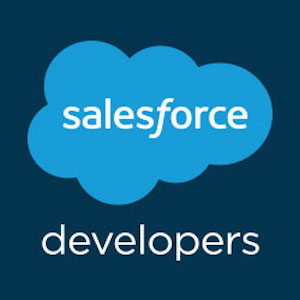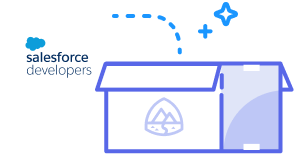You need to sign in to do that
Don't have an account?
HVCP vs AWU for Sites authentication
Can anyone explain the difference between High-Volume Customer Portal licenses (which are currently in pilot) and Authenticated Web User licenses (which are GA and described as a type of HVCP)? The specific use case we want to support, and have working with full Customer Portal licenses, is:
- We have some Sites pages that should be visible by anyone and some that are only visible to logged in users
- We model a page as a custom object
- We use custom sharing rules to ensure that pages that are public are shared with both Sites (Guest) users and CP users and that pages that require login are only shared with CP users
We have a release that does exactly the same using HVCP and we want to take it into production but are being blocked because the licenses are not yet GA. What does it mean to use AWU instead?






 Apex Code Development
Apex Code Development
License name is "Platform_Portal" and the user type is "CSPLitePortal" for authenticated web site user.
All Answers
authenticated websites user license only provides access on custom objects where HVPU provides access to cases and custom objects.
However, authenticated websites users and HVPU users do not have roles, can't be part of groups and can't be part of sharing rules (online help has more info). So, you might want to stay with the standard portal licenses.
Very helpful, Bulent, thanks. As an additional question, we can identify HVCP users because they have a user type of
CSPLitePortal. Is this is the same for AWU or do they have a different user type?
License name is "Platform_Portal" and the user type is "CSPLitePortal" for authenticated web site user.
Great, Bulent, thanks.